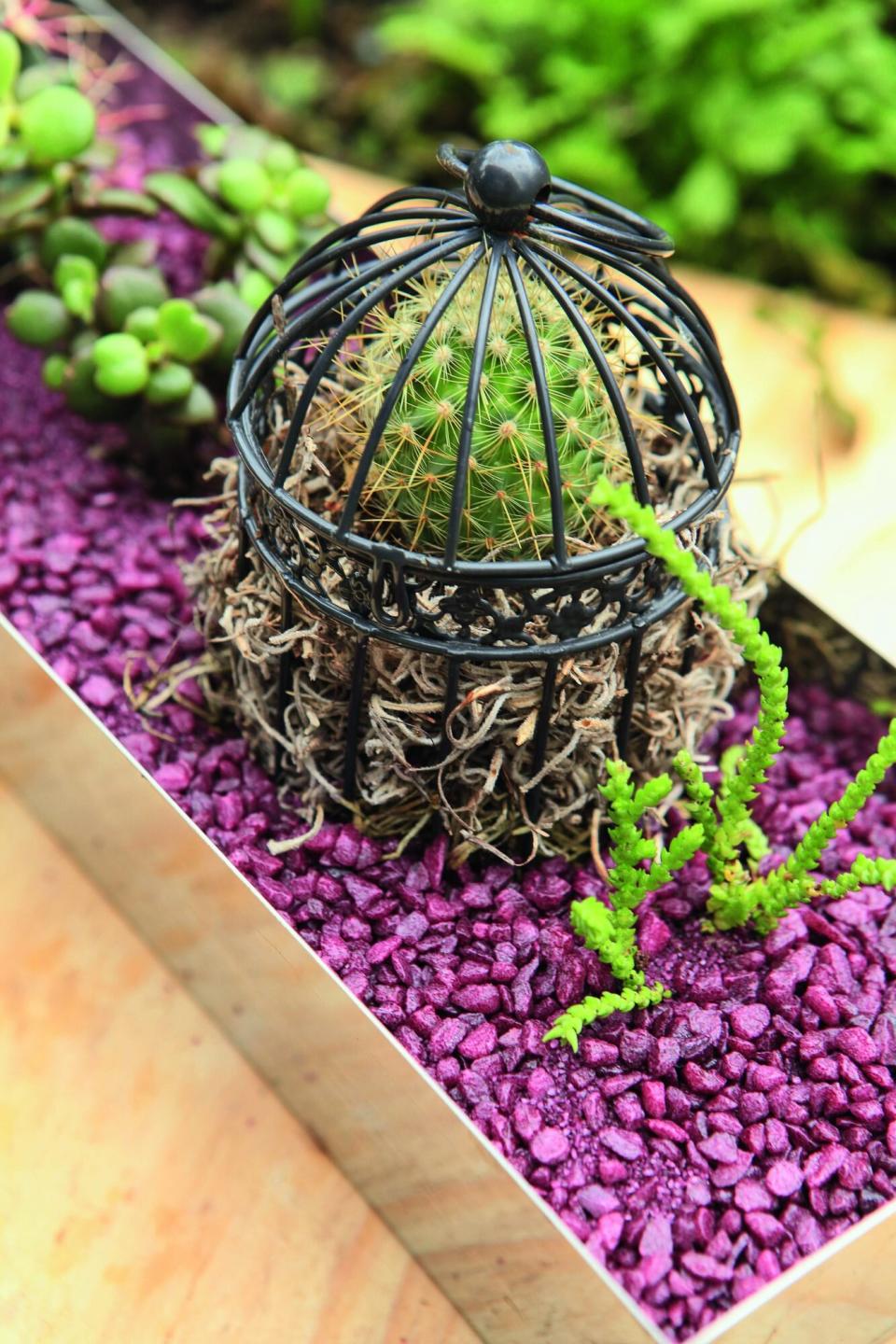This Is Why You Should Add Stones to Your Container Garden Pots
Dotdash Meredith and Yahoo Inc. may earn commission or revenue on some items through the links below.

Courtesy of Stephanie Rose
Container gardens have a host of benefits, but the main perks are that they help budding gardeners grow an array of blooms and produce both indoors and out. You just need a good container and soil to get started, but many green thumbs also suggest having stones on deck. How can you use them to benefit your plants? Here, our experts explain how to use stones when assembling your container gardens.
Related: 21 of Our Favorite Wall Planters
Add beauty with stones.
"Stones are wonderful when used as decorative accents on the top of the soil in garden pots," says Stephanie Rose, an author, master gardener, permaculture designer, herbalist, and founder of Garden Therapy. Plus, Isabelle Palmer—a city garden designer, the founder of The Balcony Gardener, and the author of Modern Container Gardening: How to Create a Stylish Small-Space Garden Anywhere ($16.50, amazon.com)—notes that using stones, pebbles, or a top dressing of bark and grit on bare compost can create a clean and fresh finish to your container garden pots.
As for their best suggestions for artful pots? While Palmer likes using large cedar bark chips (their scent is reminiscent of a forest and the brown-and-orange colors create a cultivated touch), stones have their benefits, too. She recommends using large pieces with rounded edges, such as sea pebbles, she shares: "This ensures that there is a more sophisticated finish—the worn-down look from the sea gives a naturalistic effect to your pots—but also looks modern." Rose also recommends river stones—like these from Mosser Lee ($7.30, homedepot.com)—since they emit a west coast, beach-inspired vibe. Whatever their style, the stones should be clean. "Any stones can be used as long as they are washed and free from disease or pests that could transfer to the plants," adds Rose. "Larger stones can be hosed off in the garden while smaller ones can be washed in a bucket or the sink with some biodegradable dish soap."
Fend off flies.
If you are in a constant battle with flies, Rose recommends using stones as a way to keep them under control. "Top the soil with a mix of fine sand and decorative rocks to prevent fungus gnats (which resemble small fruit flies) from laying eggs in the soil," she shares. "In outdoor container plants, rocks can be used as a heat attracting mulch on the top of the soil, so use them with heat-loving plants (like cacti and succulents)."
Improve water retention.
Palmer also recommends including hydralecca or clay pebbles, like GROW!T Clay Pebbles ($42.74, amazon.com), at the base of a container (fill it about one-fifth of the way up). "The pebble barrier stops the evaporation of water from the soil," the expert explains. "They are a great way to absorb excess water in a container, but also to release water when the pot is drying out. This combined with a top dressing is a natural way to aid your plant's water consumption."
Ensure proper drainage.
Jessica Walliser, a horticulturist and the author of Container Gardening Complete ($25.34, amazon.com), notes that while gardeners have placed gravel, stones, and broken pot shards at the bottom of container garden pots for generations, this practice can actually limit drainage—so be careful of their placement. "Water doesn't easily move through different textured materials, so when you put water in the top of a pot and it filters down through the fine-textured potting soil and hits the coarse-textured gravel or pebbles, the need to transition from one texture to another serves as a roadblock to the water's movement," she explains.
A good way to prevent this type of roadblock? Choose a pot with a drainage hole—or make your own. "Use a cordless drill, fitted with a bit that's appropriate to whatever material your pot is made of—like RYOBI 18-Volt ONE+ Lithium-Ion Cordless Drill ($79, homedepot.com)—and open at least one half-inch drainage hole in the base of the pot," Walliser adds.
